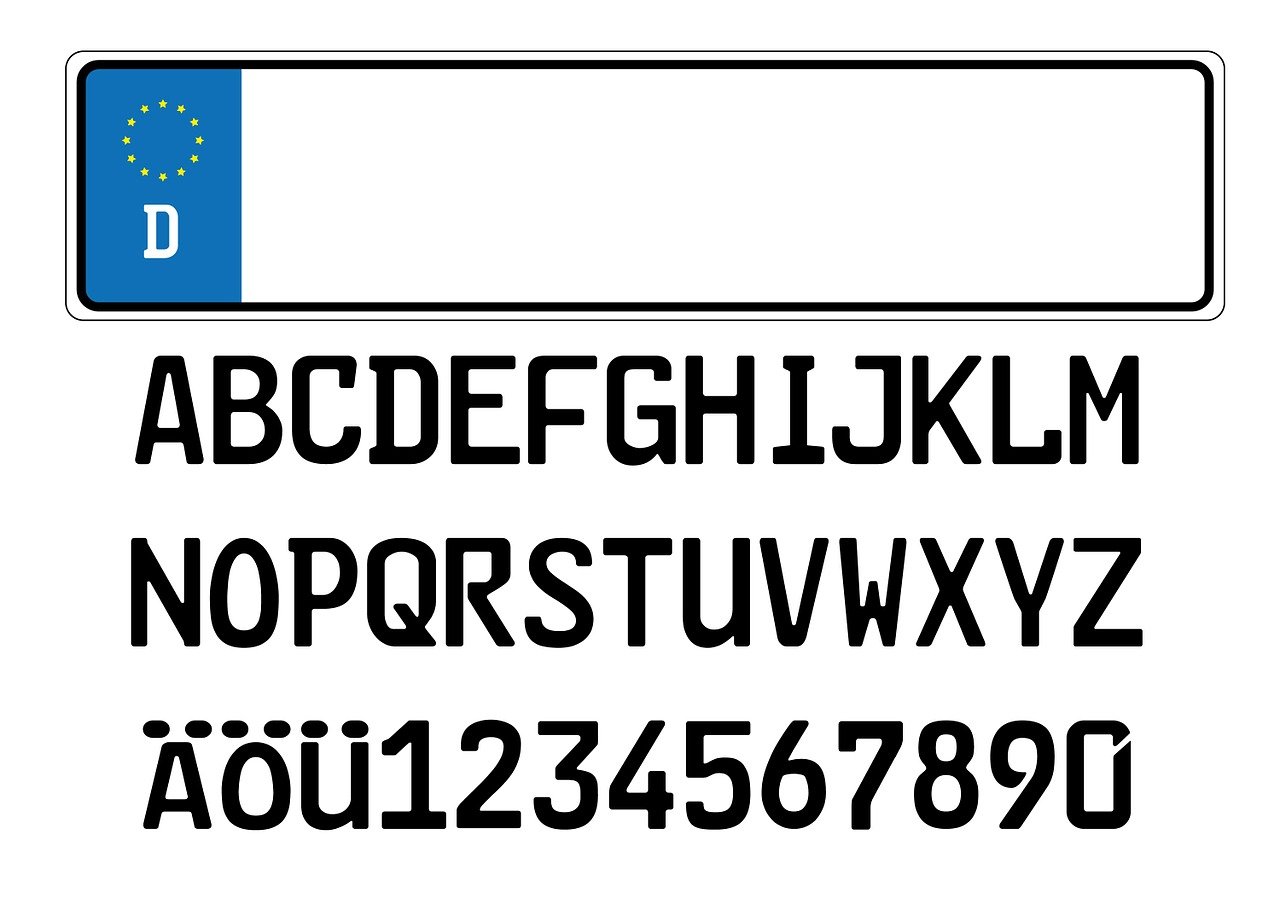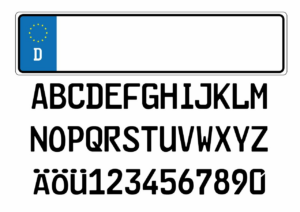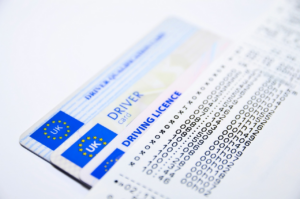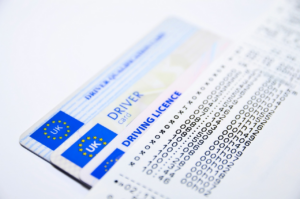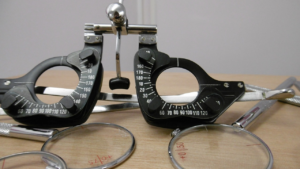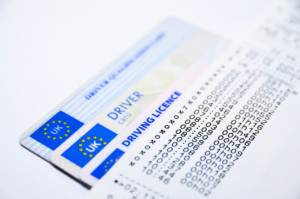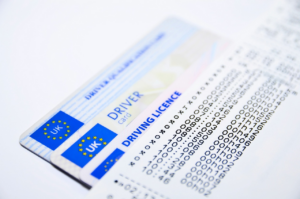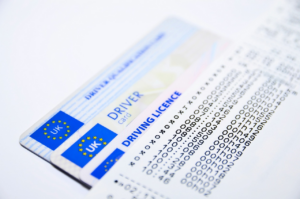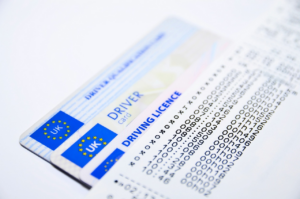When it comes to driving in the United States, having a valid driver’s license is essential. Not only does it give you the legal authorization to operate a vehicle, but it also serves as an official identification document.
However, did you know that there are different classes of US driving licenses? Each class corresponds to a specific type of vehicle and driving privilege, and it’s crucial to understand their differences before you hit the road.
Whether you’re a seasoned driver or a beginner, learning about the different classes of US driving licenses is essential. It can help you determine what kind of license you need, what vehicles you’re allowed to operate, and what driving privileges you have.
From Class A to Class D licenses, each class has its own set of rules and requirements, so it’s vital to know which one is right for you.
So, let’s dive into the details and explore the different classes of US driving licenses.
Overview of US Driving License System
Get ready to hit the road with a breakdown of the various types of permits you can obtain to legally operate a vehicle in the United States.
The US driving license system is divided into several classes based on the type of vehicle you want to drive and the age of the driver.
The most common type of license is a Class C license, which is required to operate a passenger car or a truck that weighs less than 26,000 pounds. This license is available to drivers who are at least 16 years old and have passed a written and practical driving test.
If you want to drive a motorcycle, you’ll need a Class M license. This license is available to drivers who are at least 16 years old and have completed a motorcycle safety course or passed a written and practical driving test.
If you plan to operate a commercial vehicle, such as a bus or a tractor-trailer, you’ll need a Class A or Class B license. These licenses require additional training and testing, and you must be at least 18 years old to obtain a Class B license and 21 years old to obtain a Class A license.
Knowing the different classes of US driving licenses can help you determine which license you need to obtain based on your driving needs.
Class A License
To operate a commercial vehicle in the United States, you must obtain a Class A license. This license requires passing a skills test and meeting certain requirements, including being at least 21 years old and possessing a valid medical certificate.
Class A covers vehicles with a combined weight of 26,001 pounds or more, such as tractor-trailers and livestock carriers.
Requirements for Operating Commercial Vehicles
You’ll need to meet some tough requirements if you want to get behind the wheel of a commercial vehicle.
For starters, you must have a Class A license, which means passing a series of written and practical exams. Additionally, you’ll need to be at least 18 years old, have a clean driving record, and pass a physical exam to ensure you’re in good health.
But that’s not all – there are also specific endorsements you must obtain to operate certain types of commercial vehicles.
For example, if you want to drive a tanker truck, you’ll need a tanker endorsement. If you want to transport hazardous materials, you’ll need a hazardous materials endorsement.
These endorsements require additional testing and training, so be prepared to put in some extra time and effort if you’re serious about becoming a commercial driver.
Examples of Vehicles Covered by Class A
If you’re ready to take on the challenge, Class A licenses cover an impressive range of vehicles that’ll make you feel like the king of the road.
Here are some examples of the types of vehicles that fall under the Class A license category:
-
Tractor-trailers: These are the big rigs that you see on the highways, hauling goods across the country. They can weigh up to 80,000 pounds and require a Class A license to operate.
-
Livestock carriers: If you’re an animal lover, you might enjoy the challenge of transporting livestock across the country. These vehicles require a Class A license due to their size and weight.
-
Flatbed trucks: Flatbed trucks are used to transport oversized or heavy loads that can’t fit in a standard trailer. They require a Class A license due to their size and weight, as well as the skill required to properly secure the cargo.
As you can see, a Class A license opens up a world of possibilities for those who love the thrill of driving big, powerful vehicles. However, it’s important to remember that with great power comes great responsibility.
These vehicles require a high level of skill and attention to operate safely on the roads. So, if you’re up for the challenge, a Class A license may be just the ticket for you.
Class B License
You’ve got your Class B license now, which opens up a whole new world of opportunities for you on the road. A Class B license allows you to operate a single vehicle with a weight of over 26,000 pounds, as well as tow a vehicle weighing less than 10,000 pounds. This means that you can drive heavy-duty commercial vehicles such as buses, delivery trucks, and smaller dump trucks.
To obtain a Class B license, you must pass a written test and take a driving test in a Class B vehicle. The driving test includes pre-trip inspections, basic vehicle controls, and actual on-road driving.
It is important to note that a Class B license only allows you to operate a single vehicle, unlike a Class A license which allows you to operate combination vehicles. So, if you plan on towing a trailer weighing more than 10,000 pounds, you will need to obtain a Class A license.
Class C License
To operate passenger vehicles in the US, you’ll need to obtain a Class C license. This license covers a range of vehicles, including passenger cars, SUVs, and vans.
To obtain a Class C license, you’ll need to meet certain requirements. These include passing a written and driving test and providing proof of insurance.
Requirements for Operating Passenger Vehicles
Operating a passenger vehicle requires meeting specific requirements, making sure you’re ready to hit the road safely.
To operate a passenger vehicle with a Class C license, you must be at least 16 years old and have held your license for at least six months. Additionally, you must have passed a vision exam, written test, and driving test. In some states, you may also need to take a driver education course.
When operating a passenger vehicle, you must also follow specific regulations. For example, you must always wear your seatbelt and ensure all passengers do the same. You must also obey traffic laws, including speed limits and traffic signals.
It’s also important to pay attention to your surroundings and avoid distractions, such as using your phone while driving. By meeting these requirements and following regulations, you can ensure a safe and enjoyable driving experience for yourself and your passengers.
Examples of Vehicles Covered by Class C
If you’re planning on driving a regular car or van, then Class C is the license you need. This class covers a wide range of vehicles that are commonly used for personal or commercial purposes.
Some examples of vehicles covered by Class C are:
- Standard passenger cars
- Vans that can carry up to 15 passengers
- Trucks that weigh less than 26,001 pounds
- Motorhomes or RVs that do not exceed 40 feet in length
Driving a Class C vehicle requires a certain level of responsibility and awareness on the road. You should always follow traffic laws, drive defensively, and be prepared for unexpected situations.
Remember that operating a vehicle can have serious consequences, both for yourself and for others around you. By being a safe and responsible driver, you can help prevent accidents and keep our roads safe.
Class D License
The Class D license allows you to operate a single vehicle with a weight of 26,000 pounds or less. This class of license is the most common type of license issued in the United States and is typically acquired by new drivers. It is also the standard license required for non-commercial passenger vehicles, such as cars, SUVs, and vans.
To obtain a Class D license, you must pass a written test on traffic laws and signs, as well as a driving test. You must also meet certain age requirements, which vary by state.
Once you’ve obtained your Class D license, you can legally drive on public roads and highways, as long as you follow all traffic laws and regulations. Remember that driving is a privilege and not a right, so it’s important to always drive responsibly and safely.
Motorcycle Endorsement
Now that you know about the Class D license, let’s talk about another type of license endorsement you can add to your license – the motorcycle endorsement. If you’re interested in riding a motorcycle, you’ll need to obtain this endorsement in addition to your regular driver’s license.
To get a motorcycle endorsement, you’ll need to pass a written test and a skills test. The written test will cover topics such as motorcycle safety, laws, and regulations. The skills test will assess your ability to operate a motorcycle safely on the road. Once you pass both tests, you’ll receive a motorcycle endorsement on your license, allowing you to legally ride a motorcycle on public roads.
Here are four things to keep in mind when obtaining a motorcycle endorsement:
-
You must already have a valid driver’s license before obtaining a motorcycle endorsement.
-
You may need to take a motorcycle safety course before taking the skills test.
-
Different states may have different requirements for obtaining a motorcycle endorsement.
-
It’s important to always wear proper safety gear when riding a motorcycle, such as a helmet and protective clothing.
Commercial Driver’s License (CDL)
If you’re interested in driving a commercial vehicle, you’ll need to obtain a Commercial Driver’s License (CDL).
To do so, you’ll need to meet certain requirements, such as passing a written exam and a skills test.
Once you have your CDL, you’ll have access to a variety of job opportunities and potentially higher pay.
Overview of CDL Requirements
To obtain a Commercial Driver’s License (CDL), you’ll need to meet specific requirements that differ from those for a standard driver’s license.
First, you must be at least 21 years old and hold a valid driver’s license issued by your state of residence.
You’ll also need to pass a series of knowledge and skills tests, which cover topics such as vehicle inspection, basic control of the vehicle, and on-road driving.
In addition, you’ll need to meet certain medical requirements, such as passing a Department of Transportation (DOT) physical exam and having good hearing and vision.
Finally, you’ll need to provide proof of citizenship or legal presence in the United States and pass a background check, which includes a review of your driving record for the past 10 years.
By meeting these requirements, you can obtain a CDL and begin your career as a professional driver.
Benefits of Obtaining a CDL
Obtaining a CDL has numerous benefits, including higher earning potential and increased job opportunities. Here are 4 specific ways that obtaining a CDL can benefit you:
-
More job opportunities: With a CDL, you can apply for a wide variety of jobs in the transportation industry, such as driving for trucking companies, delivery services, or public transportation.
-
Higher pay: CDL holders typically earn higher wages than non-CDL holders. The average salary for a CDL driver in the United States is around $50,000 per year, but drivers with more experience and specialized skills can earn even more.
-
Job security: The demand for skilled CDL drivers is high, and is projected to continue growing in the coming years. This means that once you obtain your CDL, you can feel confident that you will have job security.
-
Opportunities for advancement: As you gain experience and skills as a CDL driver, you may have the opportunity to advance into management roles or other positions within the transportation industry. Obtaining a CDL can be a great first step towards a long and successful career in transportation.
Upgrading Your License
Ready to take your driving skills to the next level? Here’s how you can upgrade your license.
In the United States, there are different classes of driving licenses, and upgrading your license means you can operate larger and more complex vehicles. To upgrade your license, you need to pass a written and practical driving test, and meet the requirements for the specific class of license you want to obtain.
For example, if you have a Class C license and want to upgrade to a Class B license, you need to meet the requirements for a Class B license. These may include being at least 21 years old, passing a written test for the Class B license, and passing a driving test in a Class B vehicle.
Upgrading your license can open up new job opportunities, such as driving a bus or a delivery truck, and can also increase your earning potential. It’s important to note that different states may have different requirements for upgrading your license, so be sure to check with your local Department of Motor Vehicles for specific information.
In conclusion, upgrading your license can be a valuable investment in your career and personal development. It can allow you to operate larger and more complex vehicles, and can open up new job opportunities. With the right preparations and meeting the requirements for the specific class of license you want to obtain, you can upgrade your license and take your driving skills to the next level.
Frequently Asked Questions
How long does it take to get a US driving license?
Are you looking to get your US driving license?
The time it takes to obtain a license can vary depending on a few factors. First, you’ll need to pass a written test and a practical driving test. Some states also require a vision test. Additionally, you’ll need to provide proof of identity and residency, as well as pay the required fees.
The process can take anywhere from a few weeks to a few months, depending on the backlog at the Department of Motor Vehicles in your state. It’s important to note that the process may take longer if you need to complete a driver education course or have any medical conditions that require additional testing.
Can I drive in the US with an international driving license?
If you’re planning on driving in the US and you have an international driving license, you may be wondering if it’s valid. The answer is yes, you can drive in the US with an international driving license, but only for a limited period of time.
Each state has its own rules and regulations regarding driving with an international license, so it’s important to check the requirements before you hit the road. Generally, you can drive with your international license for up to a year, but some states may require you to obtain a US driver’s license after a shorter period of time.
Keep in mind that driving laws in the US can be different from those in your home country, so it’s important to familiarize yourself with the rules of the road before you start driving.
Is a Class A license required for driving a commercial vehicle?
If you want to drive a commercial vehicle in the US, you’ll need a Class A license. This type of license allows you to operate combination vehicles with a weight of 26,001 pounds or more.
These vehicles include tractor-trailers, tanker trucks, and livestock carriers. To obtain a Class A license, you’ll need to pass a written test, a skills test, and a medical exam. You’ll also need to meet certain age and experience requirements.
It’s important to note that a regular driver’s license isn’t sufficient for driving a commercial vehicle. So, if you want to pursue a career in trucking, make sure to get your Class A license.
What is the minimum age requirement for obtaining a US driving license?
If you’re wondering what the minimum age requirement is for obtaining a US driving license, you’ll be pleased to know that it varies by state.
In most states, you can get a learner’s permit at age 15 or 16, and a full license at age 16 or 17. However, some states require you to be at least 18 years old to get a full license.
Keep in mind that even if you meet the age requirement, you’ll still need to pass a written test and a driving test before you can get a license. Additionally, you may need to complete a certain number of hours of supervised driving before you can take the driving test.
It’s important to check your state’s specific requirements to ensure that you’re eligible to get a license.
Are there any restrictions on driving with a Class D license?
If you have a Class D driver’s license, there are a few restrictions to keep in mind. You’re allowed to drive a passenger vehicle, such as a car or small truck, but you can’t operate a commercial vehicle or a motorcycle.
Additionally, there may be certain restrictions related to your age or driving record. For example, if you’re under the age of 18, you may not be allowed to drive with any passengers under the age of 20 for the first six months of your license.
It’s important to review the specific rules and regulations that apply to your license and situation to ensure that you’re driving safely and legally.
Conclusion
So, there you have it – a comprehensive overview of the different classes of US driving licenses. Whether you’re a new driver just starting out or a seasoned veteran looking to upgrade your license, it’s important to understand the requirements for each class and what they entail.
From the Class A license, which allows you to operate the largest and heaviest vehicles, to the Class D license, which is the most common type for regular passenger vehicles, each class has its own set of rules and regulations.
And if you’re interested in riding a motorcycle or driving a commercial vehicle, you’ll need to obtain additional endorsements or a CDL.
Overall, the US driving license system is designed to ensure that drivers are properly trained and qualified to operate their vehicles safely on the road. By understanding the different classes of licenses and what they mean, you can make informed decisions about your driving career and ensure that you’re always in compliance with the law.


